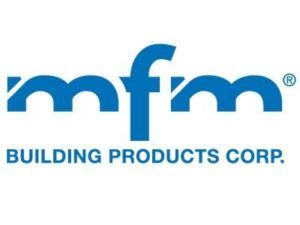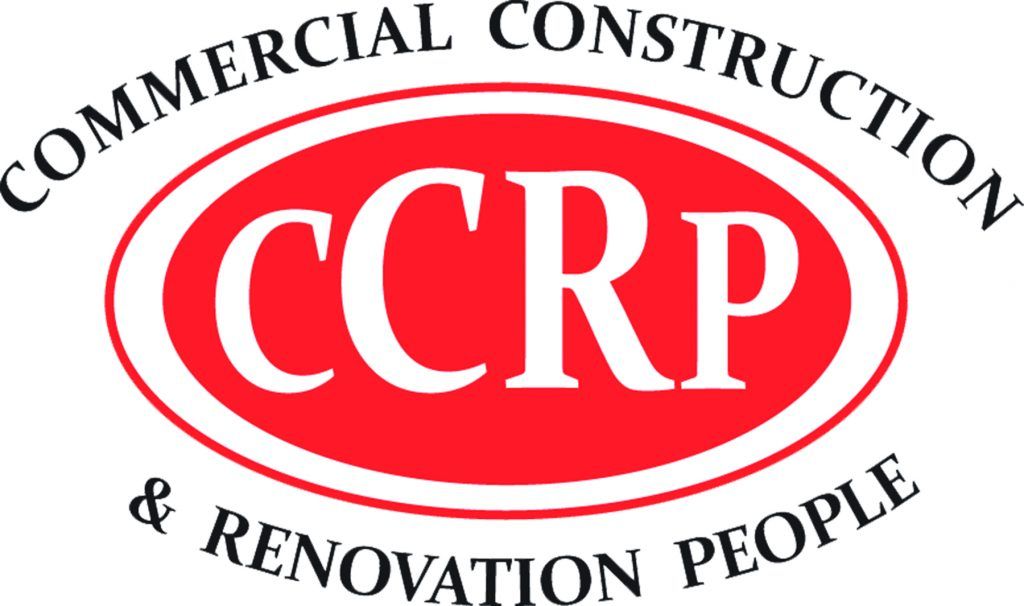Severe winter weather can disrupt business operations leading to costly down time and extensive damage to facilities that can keep a business off-line well after the storm passes. While a business continuity plan can help ensure an organization is back up and running quickly, unfortunately, most small businesses don’t have an effective plan in place.
Below are some tips to consider:
Create a business continuity plan
- Have a plan for communicating with employees across multiple channels (text, email, phone) to ensure adequate staffing is in place when needed and employees have a clear understanding of operational status.
- Have an emergency/recovery plan to communicate to employees, customers, clients, delivery services and other service providers.
- Create a snow and ice removal plan for all roofs and grounds to ensure facilities are accessible to and safe for employees and customers.
- Plan for emergency snow removal in event of heavy accumulation. Identify and supply proper equipment and check it in advance of predicted snows.
- Test/Practice the plan.
Assess your exposure
- Severe winter weather is a significant cause of insured catastrophic losses and is a risk for many businesses across the country, including portions of the typically warmer southern United States.
- All areas in the continental United States north of the 32°F line should be prepared for severe winter weather. [Show Figure 1. Winter Weather Zone with map from the engineering bulletin]
- Regional differences exist between commercial properties located in the north verses in the south. Buildings located in the south may be more susceptible to temperature swings as they are more likely to have water pipes in unprotected areas outside of the building insulation.
Know your roof’s maximum snow load
- When it comes to the weight of snow, the type of snow is as important as the depth of the snow. Fresh powder type snow is typically lighter than wet packed snow and ice is heavier than snow.
- There are several contributing factors to the acting load on your roof, which includes snow drifts from adjacent buildings or mechanical equipment, heavy rain or snow and melting snow that refreezes.
- If you don’t know your roof’s snow load, hire a structural engineer to verify the snow load threshold of the roofing system. This information will be important to utilize after an event to determine if there is too much snow on the roof.
Prevent plumbing from freezing
- Inspect and seal/repair all cracks, holes, leaks, windows, doors and other openings on exterior walls with caulk or insulation to prevent cold air from penetrating the wall cavity.
- Insulate and seal attic penetrations such as partition walls, vents, plumbing stacks and electric and mechanical chases.
- Make sure your pipes are insulated in hard-to-reach places like attics, crawl spaces and along outside walls. Wrap pipes and faucets in unheated or minimally heated areas of the building.
- Make sure all of your existing freeze-protection devices and alarms are in good working order. Test freeze stats and valves before the weather gets cold.
- Pipes leading to the exterior should be shut off and drained at the start of winter. If these exterior faucets do not have a shut-off valve inside the building, have one installed by a plumber.
- Hire a licensed fire protection specialist to conduct routine maintenance on your sprinkler system. Discuss the system’s exposure to winter weather and potential mitigation options.
Winterize your landscaping and irrigation
- Keep all bushes and trees trimmed and away from the building. Ungroomed trees with branches near your building can damage the roof cover, siding and windows.
- Pay particular attention to trees within falling distance of overhead power lines leading into the property. Avoiding a power outage can save a day or two of business interruption.
- Shut off and drain irrigation systems. Drain outdoor hoses, as well.
Service your generator
- The time to maintain a generator is well before a major storm or disaster strike (when professional assistance may be unavailable, power lines are down, and access roads are blocked). Backup power can help maintain a consistent building temperature and reduce the risk of freezing pipes leading to damage and business disruption.
Check your roof and gutters
- Water that does not properly drain off a roof has the potential to freeze, adding to snow load and creating ice dams. Ice dams can add significant additional loads to the roof and may cause interior water damage if left unattended. It is important for your team to maintain the roof drains and gutters.
CLICK HERE for more info…..



























